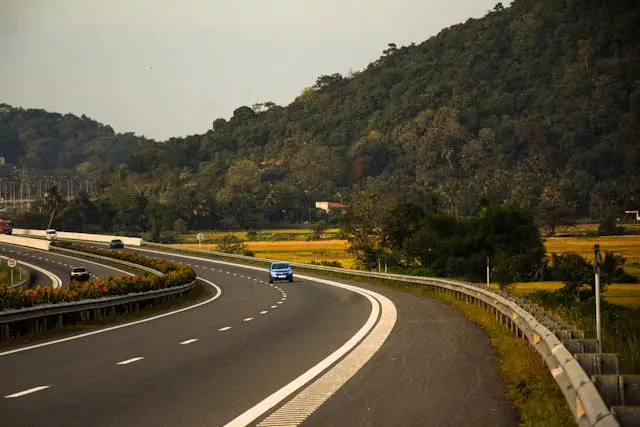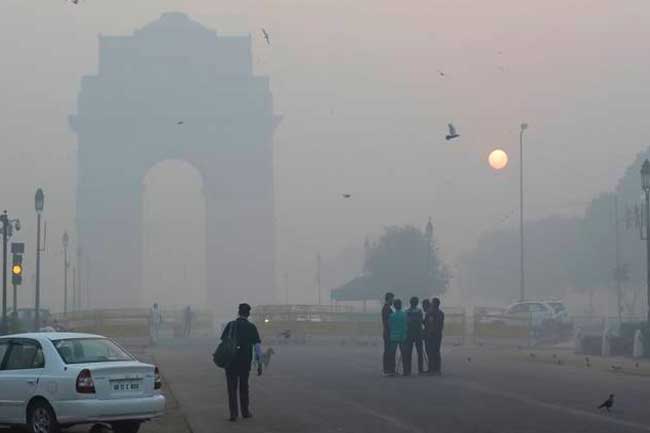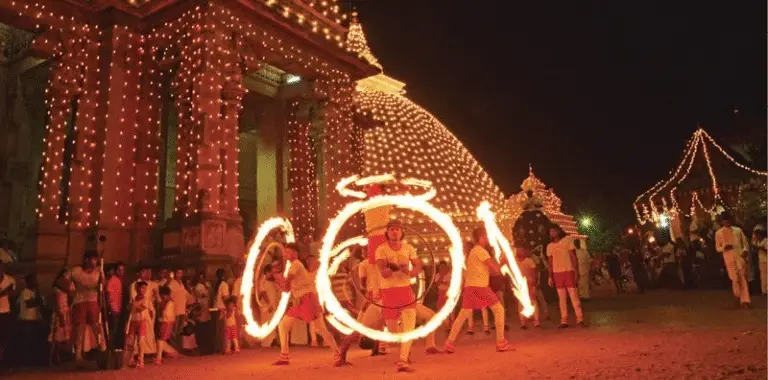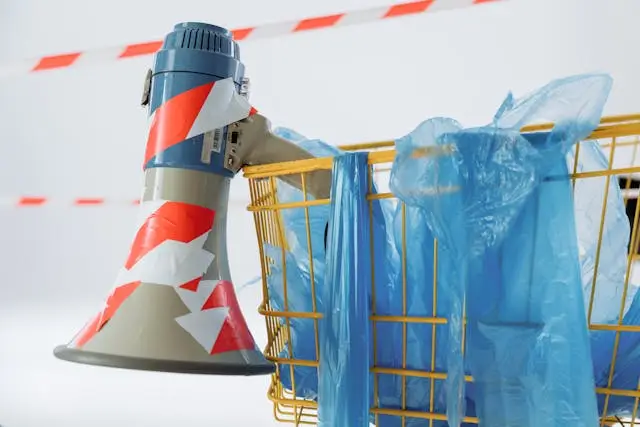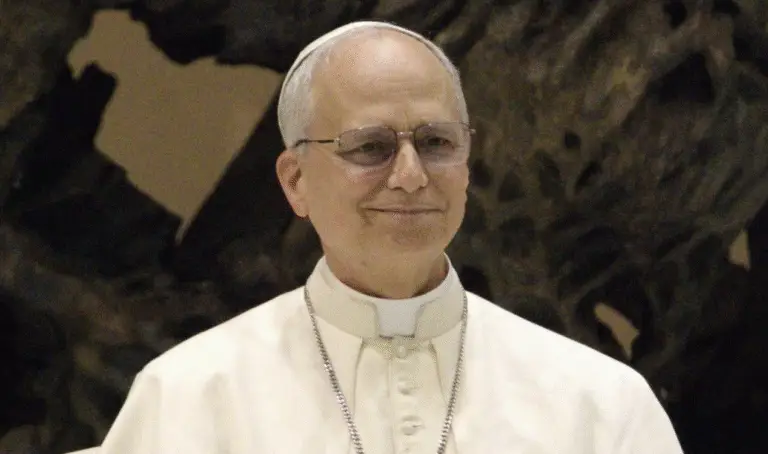Photo by Dinujaya Munasinghe: https://www.pexels.com/photo/scenic-highway-through-lush-greenery-at-daytime-30737735/
Colombo, Sri Lanka – September 17, 2025 – In a resounding testament to its economic recovery and renewed developmental vigor, Sri Lanka is witnessing an unprecedented surge in infrastructure project resumptions and new commencements. The past 24-48 hours have brought forth a flurry of critical updates, painting a vibrant picture of progress across the nation. From vital expressway links to ambitious renewable energy ventures and urban modernization drives, the island nation is firmly on a trajectory of growth, attracting significant foreign investment and setting new benchmarks for sustainable development.
Central Expressway Re-energized: A Crucial Link Resumes Construction
A highlight of the latest developments is the official resumption of construction on the Kadawatha-Meerigama section of the Central Expressway. This crucial 37-kilometer stretch, designed to enhance connectivity between Colombo and Kandy, recommenced work today, September 17, 2025, under the patronage of President Anura Kumara Dissanayake. The project, which had been suspended in mid-2022 due to the severe economic crisis, is being revitalized by a Yuan-denominated loan equivalent to USD 500 million from the Export-Import Bank of China, marking China’s first significant funding since Sri Lanka’s foreign debt default three years ago. This pivotal section is now targeted for completion by mid-2028, promising to ease traffic congestion and significantly boost economic activity between these major urban centers.
Powering the Future: Largest Solar Park Begins Construction
In a bold stride towards energy independence and sustainability, Sri Lanka inaugurated the construction of its largest renewable energy project, the Rividanavi Solar Power Park, on September 6, 2025. Located in Kotiyagala, Monaragala, this 100-megawatt solar facility, with an investment of USD 140 million, is a cornerstone of the nation’s ambitious goal to source 70% of its electricity needs from renewable energy by 2030. Expected to be completed in the first quarter of 2027, the Rividanavi project will inject 219 GWh annually into the national grid, translating into substantial foreign exchange savings from reduced diesel imports and a significant reduction in carbon emissions.
Refining Ambitions: Sinopec Project Gears Up
Further strengthening its energy infrastructure, Sri Lanka anticipates the Chinese energy giant Sinopec to begin construction on a USD 3.7 billion oil refinery near the Hambantota port this year. This massive project, approved in 2023, is designed to process 200,000 barrels of crude oil per day. While negotiations continue regarding Sinopec’s request for expanded access to the domestic fuel market – with officials considering an increase from 20% to 40% of refinery output for local sale – the government remains committed to its commencement. This development underscores Sri Lanka’s strategic geopolitical importance and its drive to enhance energy security.
Modernizing Urban Mobility: Transport Hubs Undergo Transformation
The vision for a “Clean Sri Lanka” is taking tangible form with the recent launch of significant urban transport modernization projects. On September 15, 2025, the government initiated the full redevelopment of the Colombo Central Bus Terminal (a Rs. 425 million investment slated for completion by April 2026) and the comprehensive renovation of the historic Maradana Railway Station. These initiatives are part of a broader plan to upgrade 100 railway stations countrywide through Public-Private Partnerships (PPPs) and establish 50 multimodal transport centers by 2029, with 15 expected in Colombo next year, aiming to significantly improve public transport efficiency and connectivity. Concurrently, the Road Development Authority (RDA) has commenced a systematic modernization of the country’s vast 119,000-kilometer road network, allocating Rs. 14 billion this year for rural road improvements under the ‘Punarudayata Maga’ program.
Colombo Port City: A Hub of Accelerating Investment
The iconic Port City Colombo continues to emerge as a powerhouse of foreign investment. President Dissanayake recently revealed that four projects totaling US$1.4 billion have already received approval within the Port City, with another major US$1.2 billion project nearing final approval, expected during an upcoming visit to Japan. This influx of capital highlights growing investor confidence in Sri Lanka’s revitalized economy. Furthermore, the Adani-led Colombo West International Terminal, a crucial component of the Port City’s logistical capabilities, is reportedly on track to double its capacity months ahead of its February 2027 deadline, with the final phase anticipated by late 2026.
Addressing Urban Challenges: Colombo’s Traffic Solution
Recognizing the impending pressure from these burgeoning developments, the Cabinet, on September 16, 2025, approved a detailed feasibility study to tackle increasing traffic congestion at Colombo’s critical Lotus Roundabout. This proactive measure aims to formulate a sustainable solution for improving connectivity with major transport corridors and minimizing bottlenecks, especially as the Port City and Port Access Road near completion.
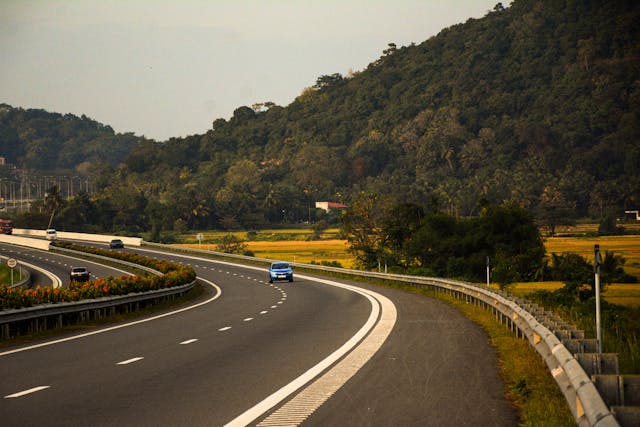
Photo by Dinujaya Munasinghe: https://www.pexels.com/photo/scenic-highway-through-lush-greenery-at-daytime-30737735/
A Testament to Resilient Recovery
These recent announcements and resumptions signal a pivotal moment for Sri Lanka. Following years of economic hardship, the nation is demonstrating a remarkable ability to attract vital foreign investment and drive forward long-stalled projects. The support from international partners, including a crucial USD 500 million loan from China Exim Bank for the Central Expressway and continued engagement for Port City projects with Japan, underscores renewed confidence in the country’s economic stability and future potential. President Dissanayake emphasized that 2025 marks a “historic turning point” for Sri Lanka, with the government determined to halve the typical “lost decade” that often follows an economic crisis. With sustained economic growth approaching 5% and foreign reserves targeted to reach US$7 billion by year-end, these infrastructure projects are not just constructions; they are cornerstones of Sri Lanka’s ambitious journey toward a thriving and resilient future.

